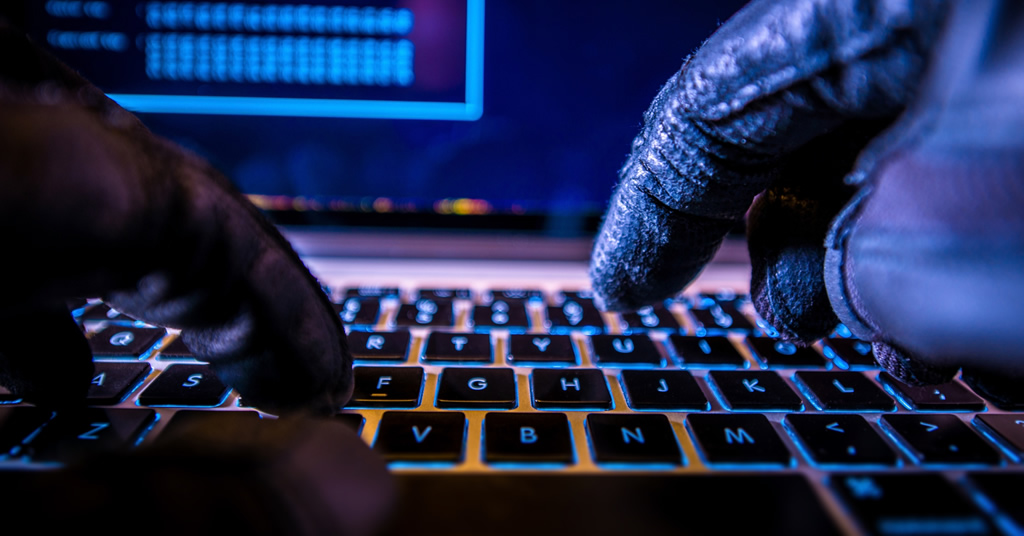Are you capturing the online attention you deserve?
Answer these questions to see if your site is wowing your visitors:
Is it easy to navigate?
Your website should clearly define where visitors are expected to go. Are menus accessible? Do your page layouts make sense?
Is it visually appealing?
Successful websites integrate a variety of eye-catching elements. Are you using high-quality images and videos to complement your website’s text? Are your visual aids loading quickly?
continue reading
Virtual health care, or telehealth, has become essential during the COVID-19 crisis. But what is it, exactly, and how can you implement it successfully? Here’s what you need to know:
Why is telehealth relevant to me?
As the COVID-19 pandemic has spread throughout the U.S., health care providers have found themselves in need of remote solutions in order to safely provide patients with necessary care. Telehealth – in other words, video conferencing between health care providers and patients – allows people to receive medical treatment without the risk of disease transmission. This shift to virtual health care will likely outlive the current pandemic; many providers have invested in long-term telehealth solutions to better reach rural and underserved populations in need of care.
continue reading
Online scams have been around for decades. Most of us are aware of threats posed by phony websites and suspicious emails; these tactics are well-documented and extremely popular. But as our technological landscape has changed, hackers have found new ways of collecting our personal information. Even scarier, the current global pandemic has given malicious users an easy way to catch our attention, and the widespread stay-at-home order means that they have a captive audience. All of these factors combined make this a dangerous time for cybercrime.
continue reading
You’ve probably heard tech-savvy friends and IT professionals warn about the dangers of phishing attacks; they can be particularly devastating to business operations. But what is phishing, exactly, and what threat does it pose to you? Let’s go over the basics of phishing and what you can do to protect yourself against cyberattacks:
A phishing email is an email sent by a hacker designed to fool the recipient into downloading a virus, giving up their credit card number, personal information (like a social security number), or account or login information to a particular website. Often these emails are designed to look exactly like an official notification from the site they are trying to emulate.
continue reading
For the first quarter of 2020, coverage on the Coronavirus/COVID-19 outbreak dominated the 24-hour global news cycle. Government leaders, scientists, and health professionals worldwide suggest that this is not merely an epidemic, but a potential pandemic crisis. As individuals worldwide fixate on this global health emergency, combining legitimate sources and news feeds with rampant rumors and amateur reports on social media, bad actors know that events like this are the perfect opportunity for exploitation. The health of Dynamic Edge employees, clients, and their families is our top concern during these times.
continue reading
Hackers love to go after businesses for all sorts of reasons. Many don’t invest in good IT security, and often, business owners and their teams have bad cybersecurity habits. Here are five ways you may be increasing your risk of a cyber-attack (and what you can do to reduce your risk):
continue reading





